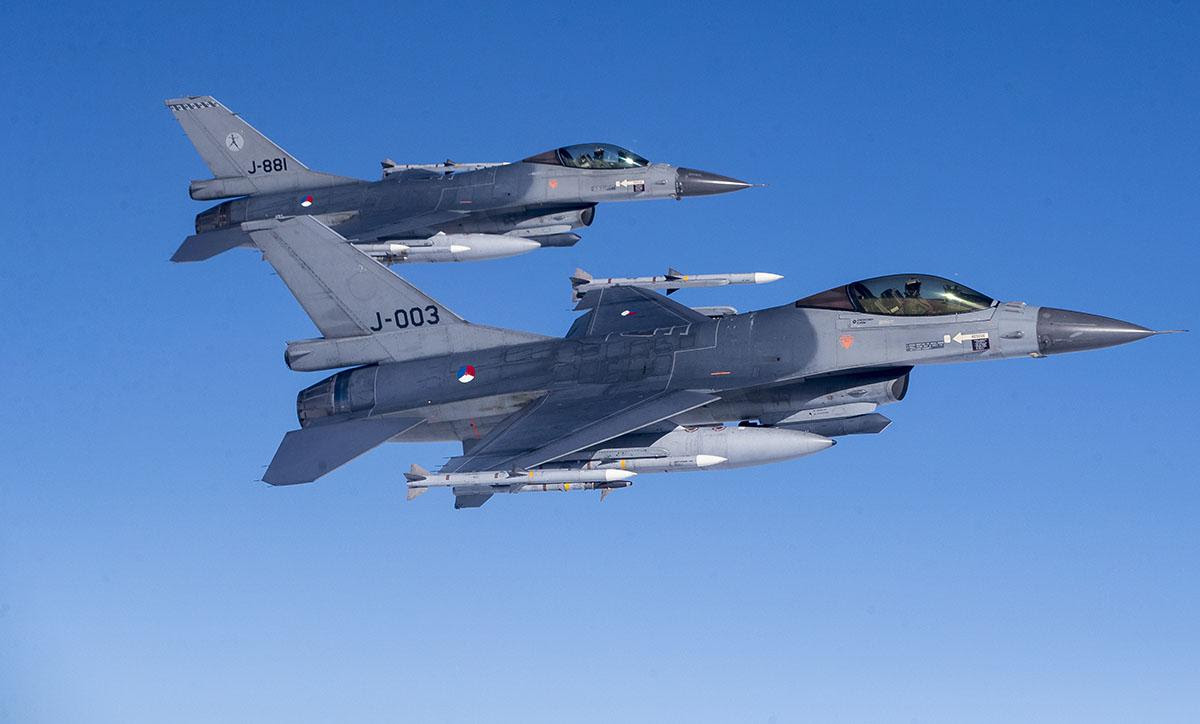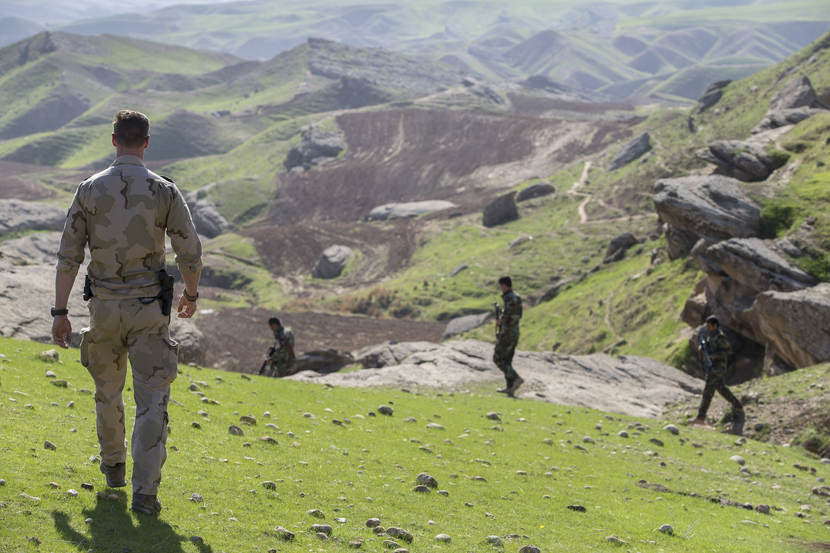DUTCH BOMB KILLED SEVENTY IN IRAQ18 OCTOBER 2019

Royal Netherlands Air Force F- 16 military fighter jets participating in NATO’s Baltic Air Policing Mission operates in Lithuanian airspace during a Ramstein Alloy air force exercise, Tuesday, April 25, 2017. © 2017 AP Photo/Mindaugas Kulbishttps://www.hrw.org/news/2019/11/13/new-revelations-dutch-role-deadly-iraq-attack



DUTCH F’16’S ALS ANGELS OF DEATH
F-16 mission in Iraq For the first time, an investigation by NRC and Dutch public broadcaster NOS has shown the serious consequences of bombing by Dutch F-16s in Iraq. In Hawija, 70 people were killed.
In 2015, a bomb dropped by a Dutch F-16 in Iraq killed seventy civilians and injured around a hundred others. During the night of 2 to 3 June, the Dutch fighter plane carried out an air strike on a munitions plant belonging to the Islamic State (IS) in the city of Hawija in the north of Iraq. One reason the blast and the series of following explosions caused so many deaths and injuries was the fact that many refugees were living in houses and other buildings around the arms depot. Outdated intelligence concerning the number of people living in the vicinity and the presence of explosives might have been a factor.
The Netherlands’ role in the bombing emerges from a joint investigation by NRC and NOS in Iraq and the Netherlands. Various sources have confirmed that it was a Dutch bomb, something the Ministry of Defence has never disclosed. As far as is known, the air strike was one of the deadliest carried out by the international coalition in the early years of the war against IS.
Minister of Defence Ank Bijleveld (CDA) told NRC and NOS on Friday morning that she could not comment on the Netherlands’ involvement in the attack on Hawija “at this time”. She said she hoped to be able to make a statement “in the not too distant future” and promised greater transparency about the consequences of Dutch air strikes. “In that context, everyone’s security, particularly that of the pilots, will be our main priority,” said Bijleveld.
Six F-16s
The Netherlands has been a member of the international US-led coalition trying to drive IS out of Syria and Iraq since 2014. The Netherlands initially deployed six F-16s, and later four. The Dutch planes carried out a total of 2,100 bombing missions.
Avoiding civilian casualties was always a major priority for the Netherlands in carrying out air strikes. Although the Netherlands operated as part of a coalition, each of the participating countries made its own decision on whether or not to carry out an attack. The Netherlands had officers stationed at the headquarters of the air operations in Doha, Qatar for that purpose. As ‘red card holders’, they could call off an air strike by Dutch F-16s if the risk of civilian casualties was too great. They relied heavily on intelligence from the US and Iraq for those decisions.
In the interests of national security and the safety of the pilots, the international coalition agreed that no information would be provided about a country’s involvement in air strikes. There were fears of retaliatory attacks, particularly at the height of the war with IS, from 2014 until 2017.
At the time, it was already known that many civilians had been killed in the bombing of Hawija in 2015. However, no further information was provided about the circumstances. An investigation by the US central command of the air campaign remained secret. However, at the end of last year the Pentagon did confirm to NRC and NOS that 70 civilians had been killed in the bombing.
The explosions on 3 June 2015 not only destroyed the industrial estate where the munitions depot was located, but also many houses in a wide radius around it. According to residents, the devastating force of the blast was due in part to the presence of stocks of highly explosive TNT, which IS planned to use to carry out attacks.
Refugees
Nearby residents included many refugees from other regions. They believed they had found refuge in abandoned houses and buildings in the vicinity of the munitions depot. Aid workers in Hawija estimate that the actual death toll was far higher than 70, because the identity of many refugees was not known.
As far as is known, parliament has never been informed of the seriousness of the incident. Requests for information from NRC and NOS on the basis of the Government Information (Public Access) Act (WOB) have been denied. An investigation by the public prosecution service into four anonymised incidents involving possible civilian victims, which was published in April 2018, found that no rules of international humanitarian law had been violated. One of the cases closely resembles the attack on Hawija. In that case, the public prosecution service found that “there were far more explosives in the bomb factory than was known in advance or could have been anticipated”. A civilian in Hawija spoken to by NOS disputes that. He said he was an informant who had warned the coalition in advance.
The investigation by NRC and NOS further shows that the compensation schemes for victims of air strikes in Iraq are not working. Residents have to pay a lot in bribes and often receive nothing. On Friday, Bijleveld promised to discuss this issue in the international coalition.
